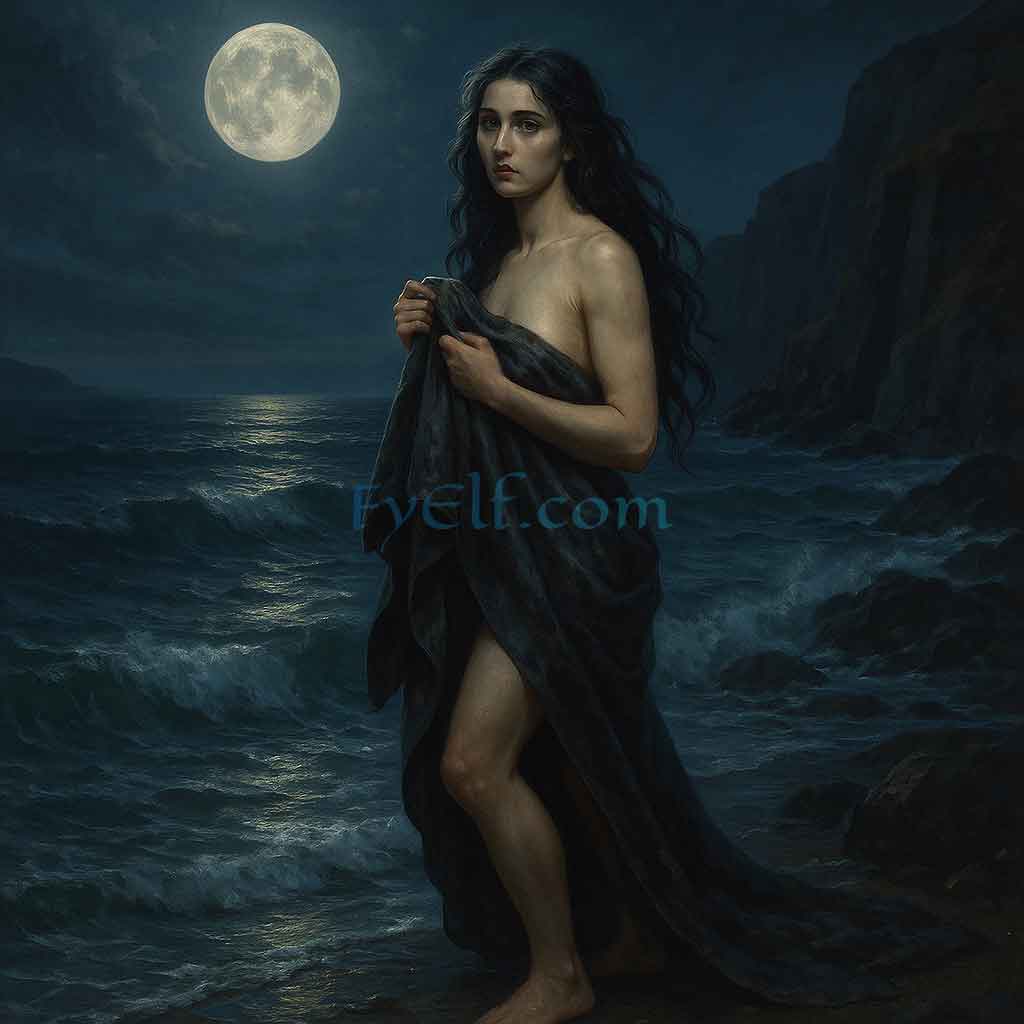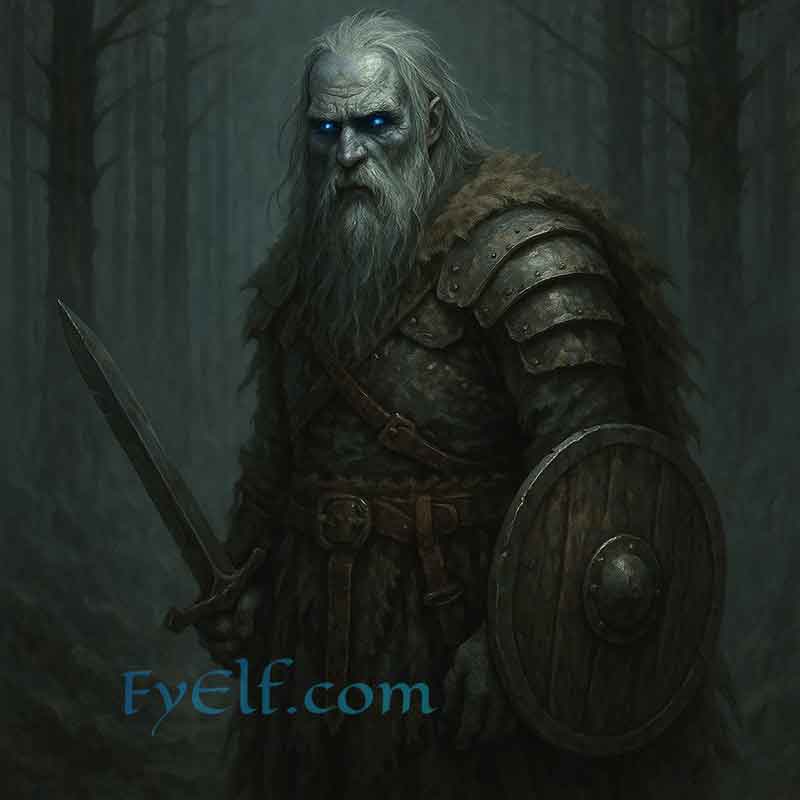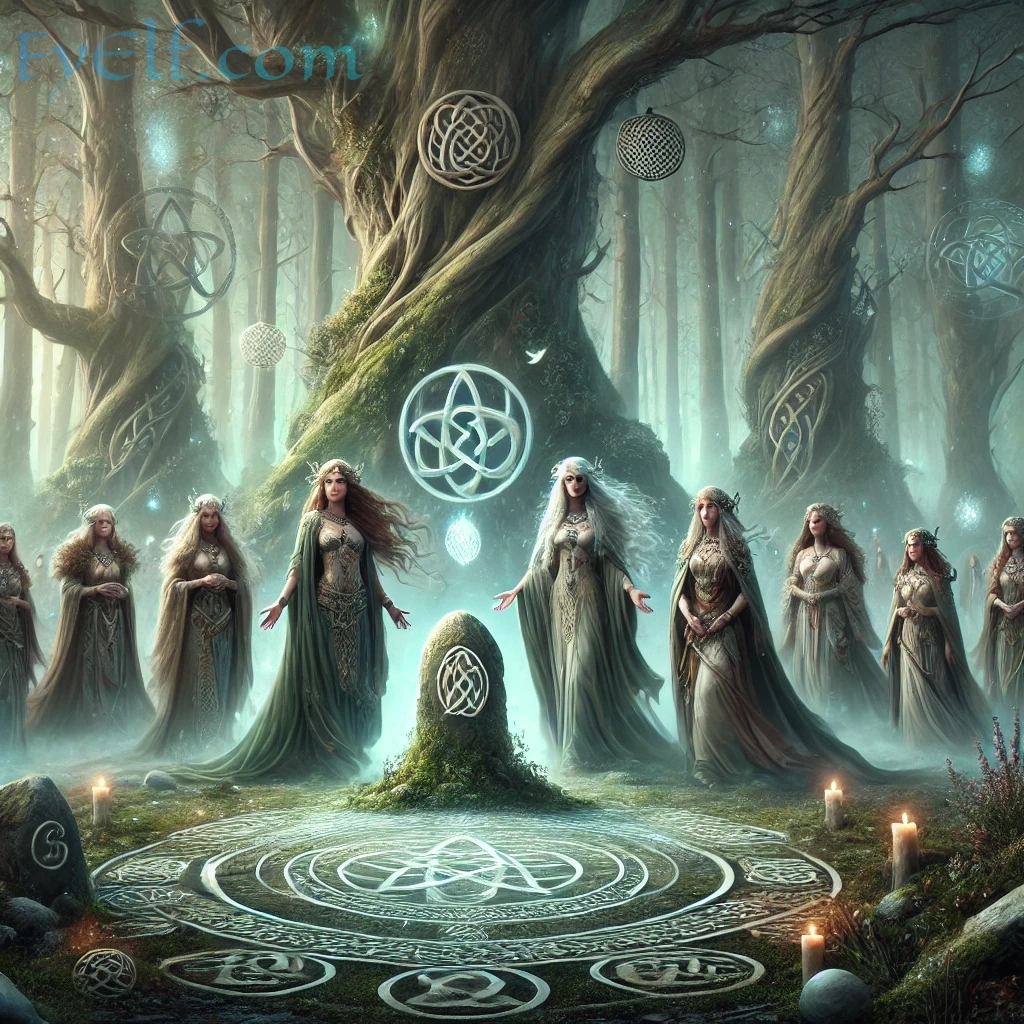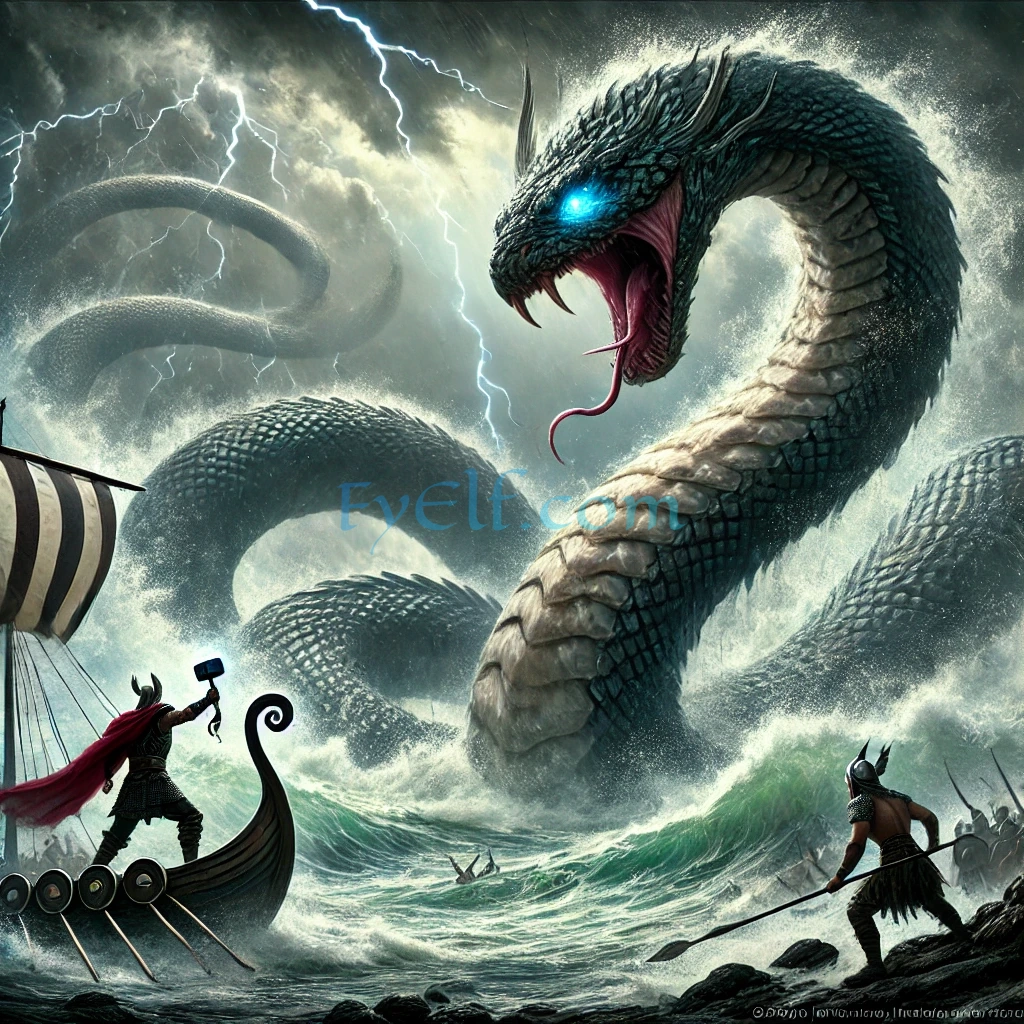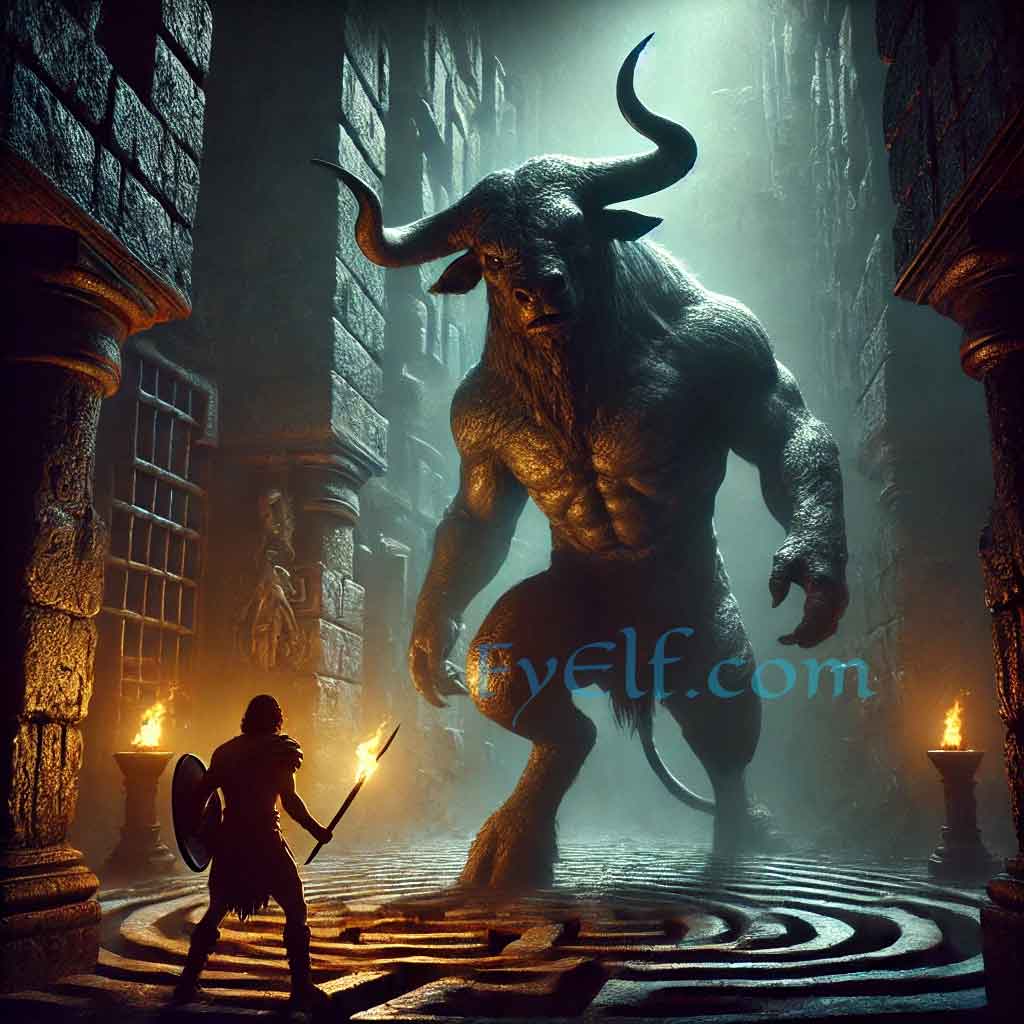For centuries, the rugged coastlines of Scotland and the Northern Isles have given rise to haunting tales of mysterious beings that slip between the sea and the shore. Among the most captivating are the Selkies—mythical seal people who shed their skins to take human form. These legends, passed down in Celtic and Norse traditions, remain some of the most enduring and symbolic stories in Scottish folklore.
Who Are the Selkies? Seal People in Scottish Folklore
The word selkie derives from the Scots word for “seal.” In mythology, selkies are seals in the water but can transform into humans on land by shedding their seal skins. While similar to mermaids and sirens, selkies are unique in their dual existence as both sea animals and humans.
Selkie folklore is especially strong in Orkney and Shetland, island groups deeply tied to the sea. Fishermen, crofters, and coastal families told stories of encounters with these shape-shifters, often blending everyday life with the supernatural.
Origins of the Selkie Myth in Celtic and Orkney Traditions
The origins of the selkie myth are tied to Scotland’s Celtic heritage, though Norse influences are also present due to Viking contact with the islands. In Celtic belief systems, the boundary between worlds—land and sea, human and animal—was thin. Selkies embody this liminal space, reminding people of nature’s mysteries.
Some scholars suggest that the stories might have roots in real encounters. Outsiders, such as shipwrecked sailors or strangers from faraway lands, may have inspired tales of “seal people” appearing suddenly on shore. Others see in the selkie myth echoes of ancient fertility rituals and sea deities.
Shape-Shifting Magic: From Seal to Human
At the heart of selkie mythology is their seal skin, a magical garment that allows them to shift forms. Without it, they are trapped in human shape and cannot return to the sea. This detail drives many of the most well-known stories: humans hiding selkie skins, marriages formed under coercion, and inevitable heartbreak when the selkie eventually escapes.
This transformation reflects a universal mythological theme: the fragile boundary between the human world and the natural or supernatural realms.
Tales of Love and Loss in Selkie Legends
Selkie stories are often deeply emotional, centered on themes of love, longing, and loss. Common motifs include:
- The Stolen Skin: A fisherman or farmer finds a selkie’s skin, hides it, and forces the selkie to become their spouse. Though the marriage may last years and produce children, the selkie eventually finds the hidden skin and returns to the sea.
- The Selkie Lover: In other tales, humans willingly fall in love with selkies, but the relationship is doomed—selkies always feel the call of the ocean.
- Male Selkies: Less common but present in tradition, male selkies are said to be irresistibly handsome and sometimes seduce lonely women on the shore.
These stories reflect the harsh realities of coastal life: longing for what cannot be held, and the sea’s power to both give and take away.
Selkies vs. Mermaids: Similarities and Differences
Selkies are sometimes confused with mermaids, but the two are distinct. Mermaids are half-human and half-fish, often dangerous sirens luring sailors to their doom. Selkies, by contrast, are seals who can become fully human. Unlike the deadly mermaid, selkies are portrayed as gentle, tragic figures caught between two worlds.
Symbolism of the Selkie in Sea Mythology
The selkie symbolizes:
- Transformation and duality – living between land and sea, human and animal.
- Longing and impermanence – relationships destined to end, no matter the love shared.
- The ocean’s power – vast, beautiful, and beyond human control.
For coastal communities, selkie tales served as metaphors for real struggles: migration, lost loved ones at sea, and the tension between freedom and belonging.
Selkies in Modern Culture, Literature, and Film
Selkies have inspired numerous works of art and literature. They appear in Scottish ballads, Irish folklore, and even Norse sagas. In recent decades, selkie myths have reached a global audience through novels, films, and music:
- The Secret of Roan Inish (1994) – a film centered on a girl uncovering her family’s selkie past.
- Song of the Sea (2014) – an animated Irish film weaving selkie myths into a modern children’s story.
- Modern fantasy writers often include selkies in collections of mythical creatures alongside fairies, mermaids, and shape-shifters.
These adaptations highlight the continued resonance of selkie myths, keeping them alive for new generations.
Why Selkie Myths Still Fascinate Today
Selkie stories endure because they speak to universal human emotions: the pain of separation, the mystery of the natural world, and the allure of the unknown. In a world where land and sea once dictated survival, selkies embodied both the danger and beauty of the ocean.
Today, they remain one of the most beloved Celtic mythical creatures, symbolizing transformation, love, and the eternal pull of the sea.
